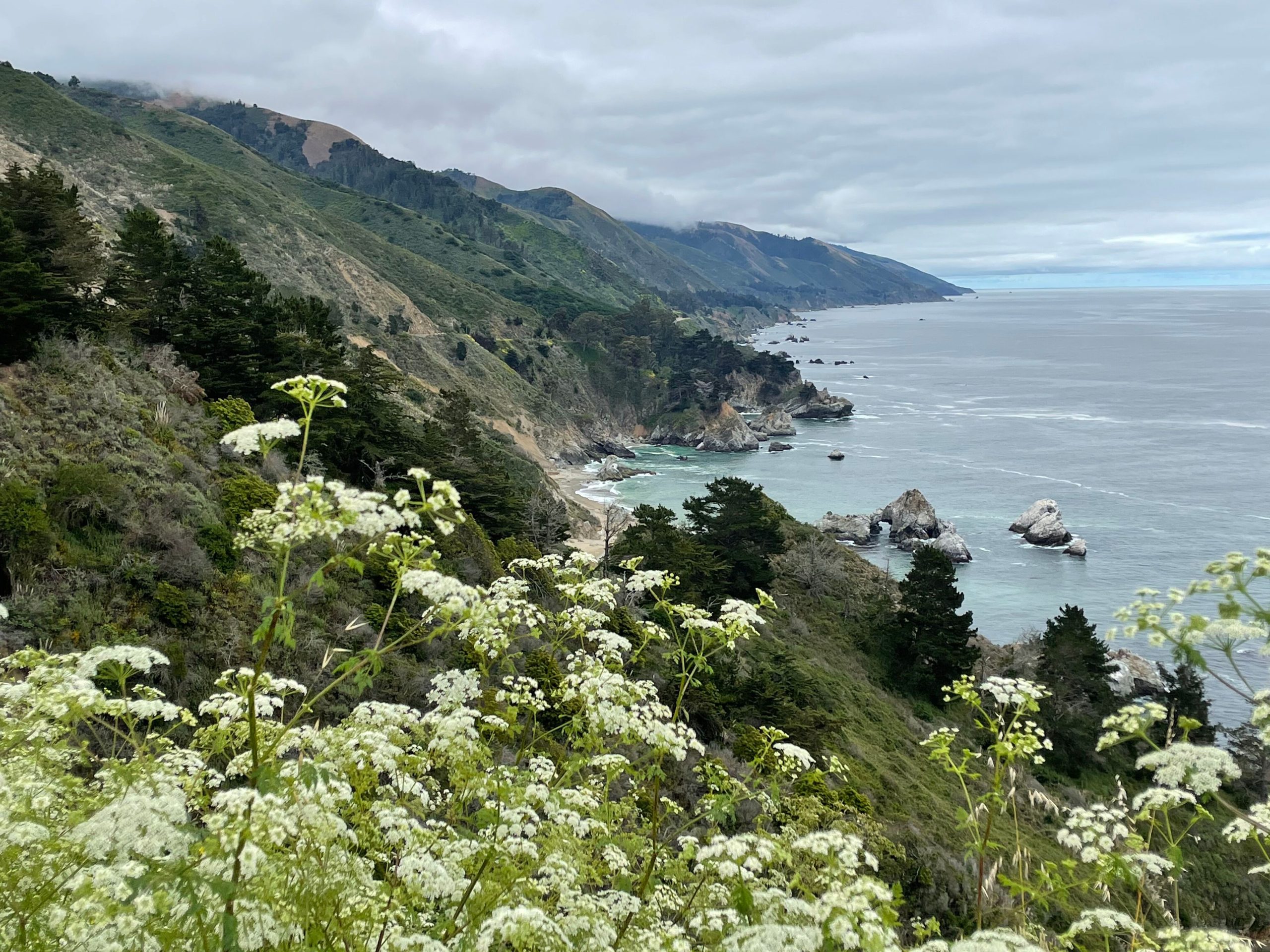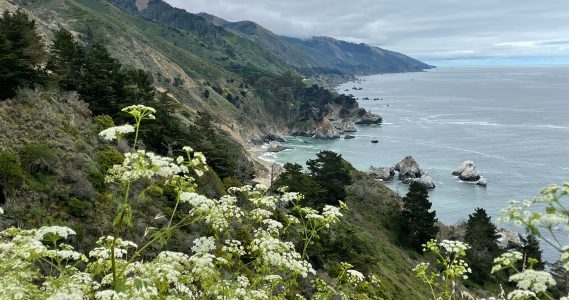Livermore Cabin, CA 2024
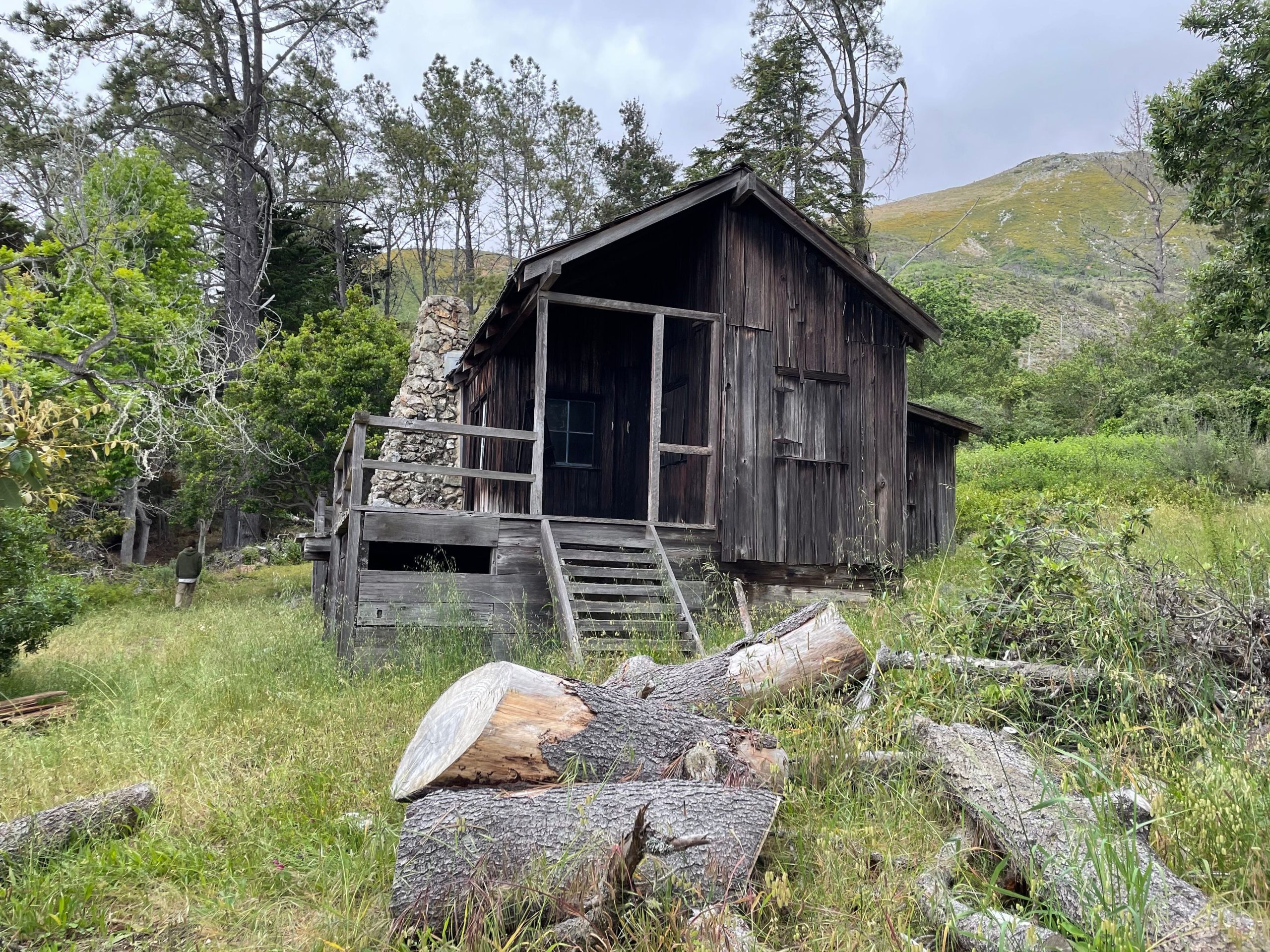
Jaw dropping views of California’s Big Sur coast await all those who answer the call to preserve the Livermore Cabin for a week of enchantment south of Monterey.
PROJECT PARTNER: John Little State Natural Reserve
SESSION DATES: April 21-26, April 28 – May 3, and May 5-10
PROJECT SUPERVISOR: Jason Benson!
CREW LEADER: TBD!
Project Site Description & History
Big Sur of California’s central coast is a weaving oceanside dropping down from the Santa Lucia Mountains that hug the majestic Highway 1 running from Carmel to San Simeon. Our project at the Livermore Cabin lies just inside the John Little Natural Reserve, a small but very special unit of California State Parks’ Monterey District that is otherwise closed to public access.
The Livermore Cabin shares an interesting history as a mid 1800s pioneer style cabin built in 1917 at the request of Beth Livermore who originally came to Big Sur in the 1910s by way of Marin County, calling her property “Rancho Para Todos,” meaning “Ranch For Everyone.” Beth would ultimately be known as a conservationist for her love the Big Sur coast and her directive for the creation of the John Little Natural Reserve following her untimely death in the 1950s. The John Little Natural Reserve was named after Beth’s longtime friend John Little and runs from Lime Creek south encompassing the cabin.
Just north of the cabin is the now world-famous Esalen Institute featuring spiritual workshops and massage, but most notably hot springs which were formally known as the Slate Hot springs and at one point owned by John Little whom was an early homesteader in the area. Today, the Esalen Institute is a major stop for Big Sur recreationists seeking to pair their ventures with the healing offerings of the institute.
HistoriCorps is proud to engage volunteers in the preservation of the Livermore Cabin in partnership with California State Parks. To learn more about the John Little State Natural Reserve please visit California State Parks’ Website.
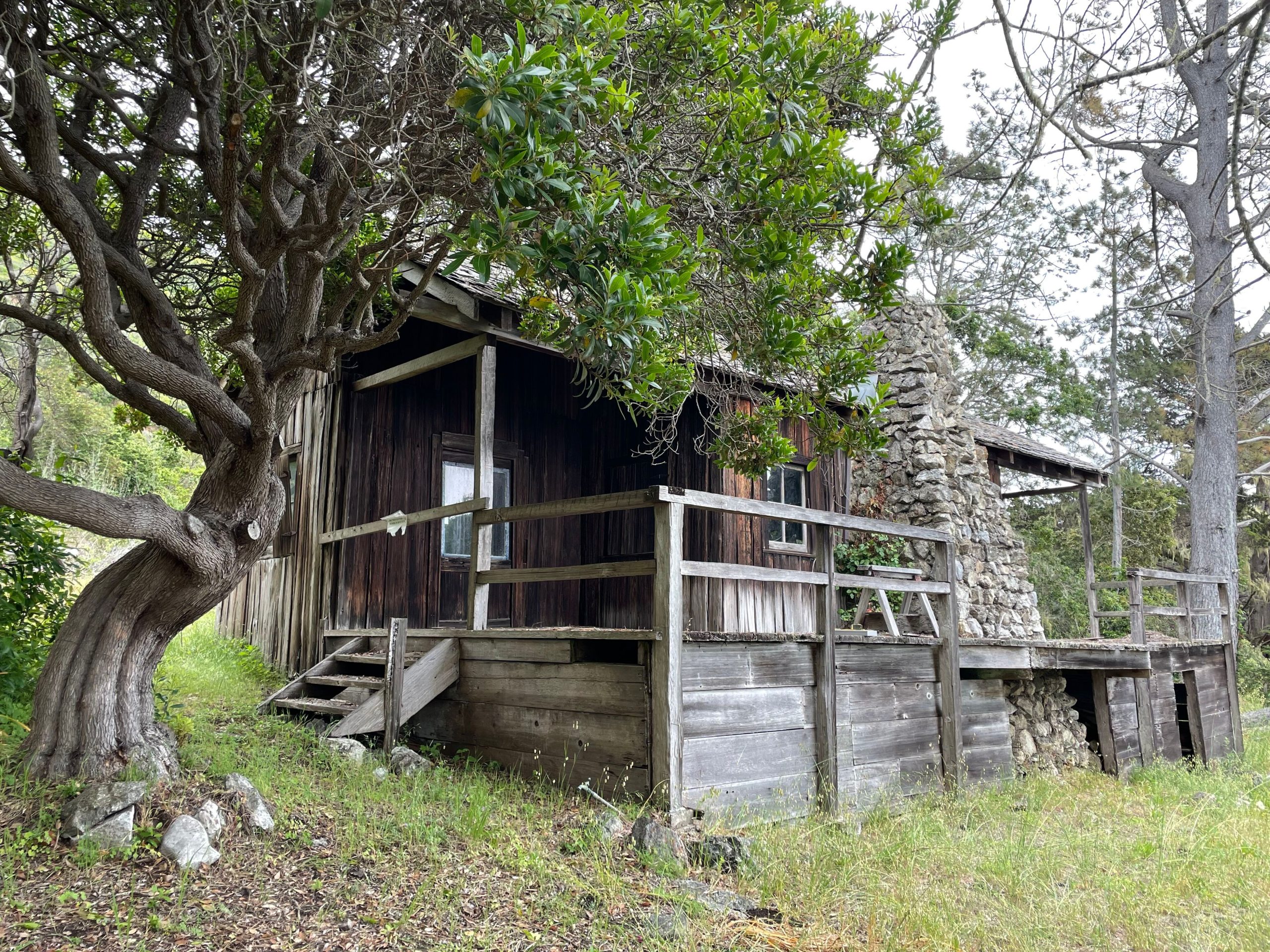
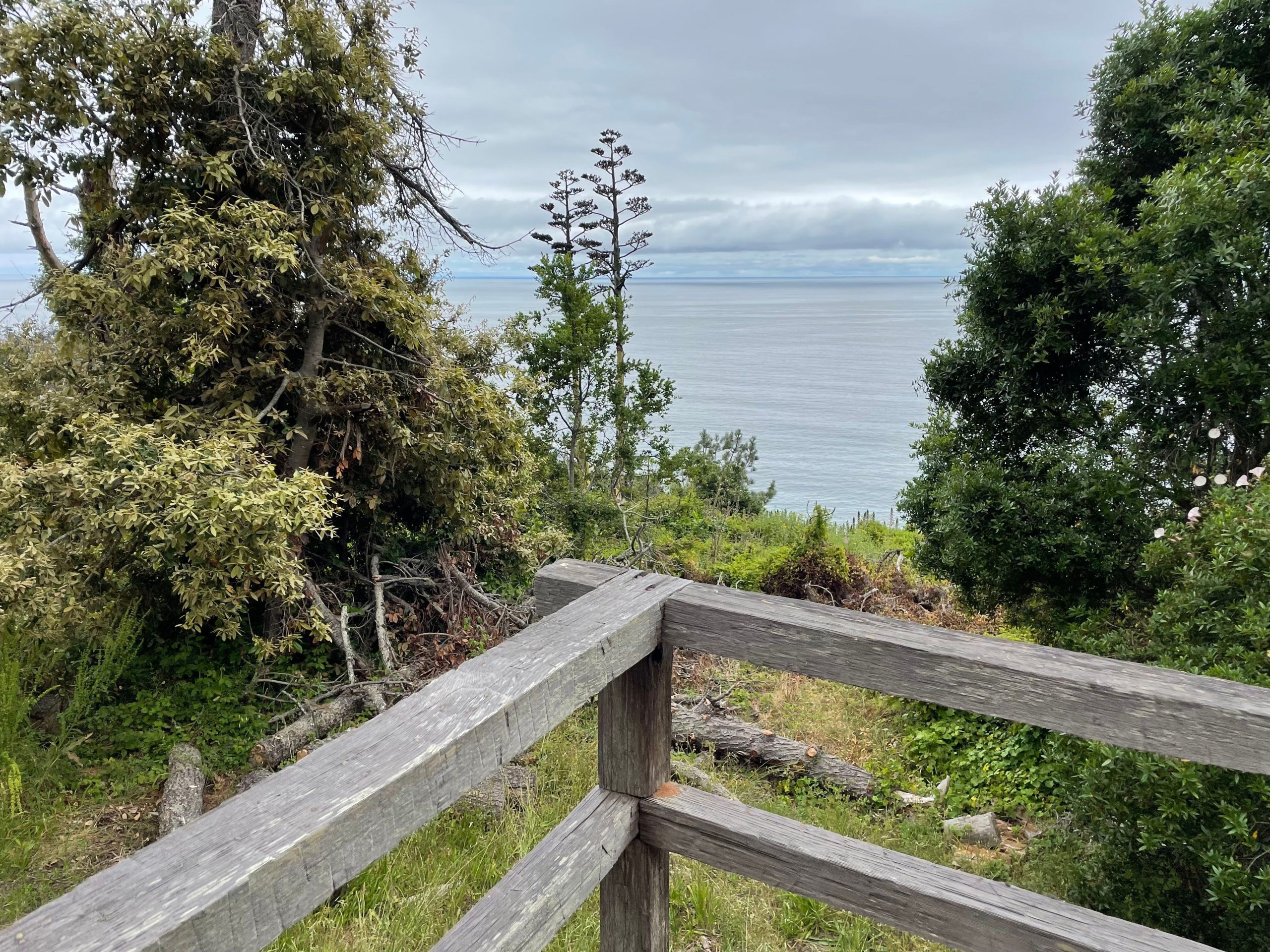
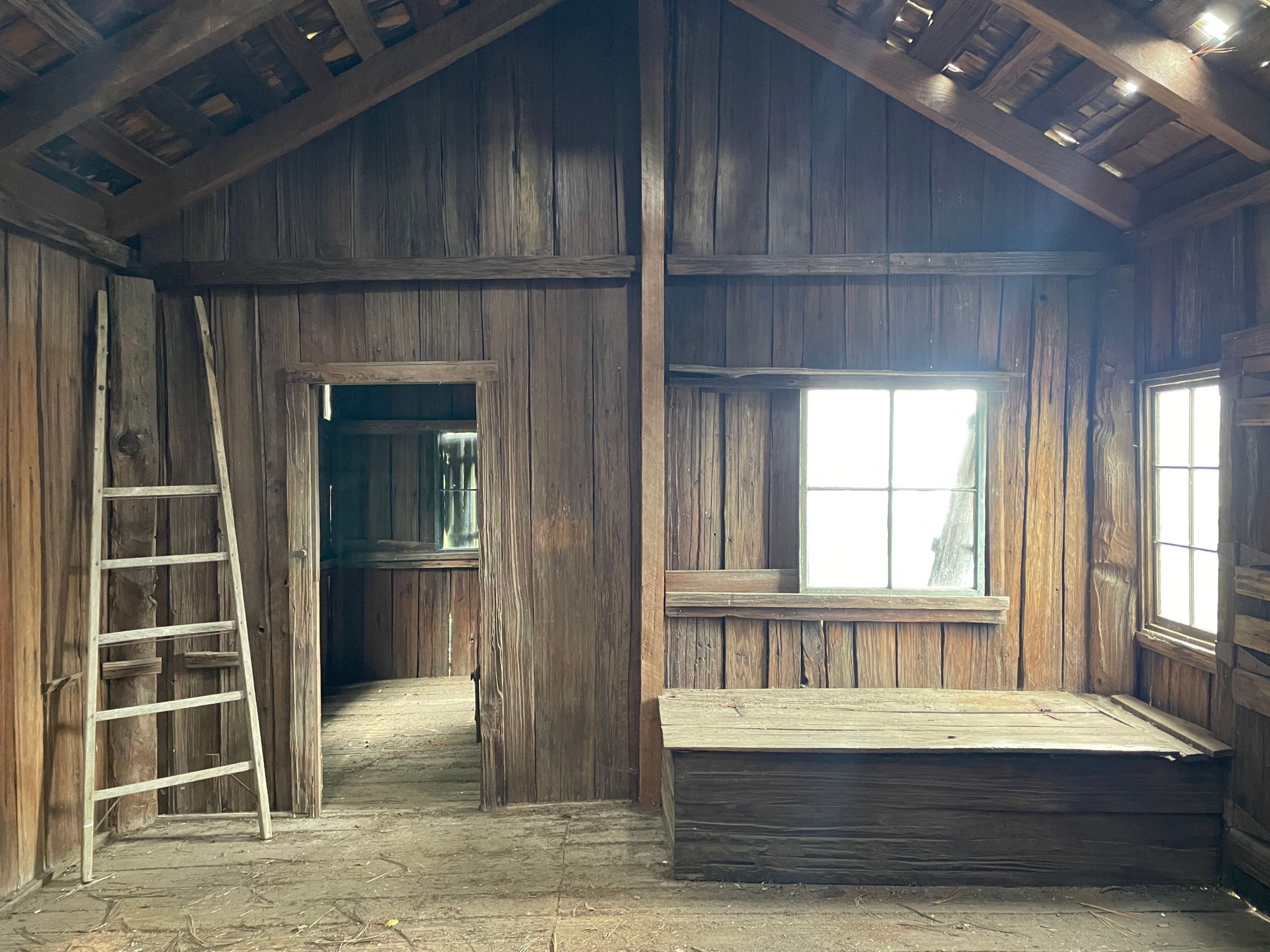
Location and Logistics
SESSION DATES: April 21-26, April 28 – May 3, and May 5-10
Please plan to arrive at the campsite no earlier than 5pm and no later than 7pm on the first day of your session.
LOCATION: Located 45 miles south of Monterey along the Big Sur coast!
CAMPSITE INFORMATION:
![]()
![]()
![]()
![]()
![]()
![]()

Tents, truck campers, campervans, trailers, and a few RVs 25′ feet and under are welcome. Hookups are not available. Coin operated showers are available at the campground. Unfortunately, dogs are not allowed.
WEATHER: Anticipate highs in the 60s and lows potentially in the 40s. Weather conditions may be rainy, cloudy, or sunny. Volunteers are responsible for checking weather conditions before their session begins, and packing appropriately.
ABOUT VOLUNTEERING: HistoriCorps projects are free for volunteers! HistoriCorps will provide all meals, tools, training, equipment, and a campsite. Volunteers are responsible for their own transportation to the campsite, sleeping equipment, work gloves, clothes and boots, and other personal gear.
Scope of Work
HistoriCorps is committed to educating and training volunteers in preservation skills, with an overarching mission of inspiring a preservation ethic in all those involved. Learning and working alongside expert HistoriCorps field staff, volunteers and applying the traditional skills necessary to restore the Livermore Cabin:
- Repair and replace the redwood shake roof
- Repair the cabin deck, including framing, railing, and stairs
- Install temporary framing to shore up the eave wall of the kitchen
- Repair and replace deteriorated siding, trim, and shutters
- If time allows, replace and repair deteriorating framing and flooring in the kitchen
Please note: Tasks vary by day and by week, depending on a variety of factors including: weather, project priorities, previous groups’ work, and more. Though it is likely you will get to learn and practice most or all of the above tasks, it is not guaranteed. The higher percentage of the scope a particular task is, the more likely you will get to practice it.
Sign Up!
We’re thrilled this project has inspired you to volunteer!
CLICK HERE TO REGISTER!
Visit our Job Calendar to see spaces are available!
*All registrations submitted to projects at capacity will be automatically added to our waitlist.*
CANCELLATIONS effect our ability to complete projects. Please register only if you are certain about your ability to participate.
You will know your registration was successful when you receive a confirmation email. Contact volunteer@historicorps.org for assistance.
HistoriCorps does not charge for its volunteering projects. HistoriCorps relies on donations to continue engaging volunteers to save significant historical sites across America for generations to come. Your donation of any amount will make an incredible difference! Increase your impact – make a generous gift today.
Volunteer Logistics, Policies, and Advice
We’re so glad you’re interested in joining this project! If you’re new to our community, review the Volunteer FAQ first! Please note the following logistics and policies:
- Volunteering with HistoriCorps is free! We will provide all meals, tools, training, equipment, and a campsite or shared indoor lodging. Dinner is not provided on the first night.
- Volunteers are responsible for bringing their own gear, work gloves, sturdy work clothes and boots, and appropriate sleeping equipment. Check the average temperatures before you start packing – the nights and mornings may be colder than you anticipate! Then, read this advice about how to stay warm when tent camping in colder places.
- Campsite accessibility varies by project. Some projects can accommodate tents only; others can accommodate small RVs. Please review the project site description above for more information, and if you’re still not sure, email volunteer@historicorps.org for help.
- If this project does not offer showers, you might want to consider bringing a solar shower or research other methods to clean up after the work day.
- Volunteer crew sizes generally range from 4-8 volunteers, with two HistoriCorps staff that lead and train volunteers in the work.
- Safety is one of HistoriCorps’ top priorities, and volunteers can contribute to a safe working environment by ensuring their physical fitness is adequate for the work. See above for this project’s scope of work and difficulty level. Please, call us if you are not quite sure if a project is a good fit for your skills or fitness level. We may be able to suggest a project more suitable and enjoyable for you.
- Hard hats, eye protection, ear protection, gloves are standard personal protection equipment (PPE) required on all projects. Hard hats must be worn at all times on the project site, unless working in a designated safe space. Field staff will train volunteers on correct use of PPE.
- Dogs are generally allowed to accompany their humans in project campsites (actually, we love having dogs join us around the campfire!). Dogs are not permitted on the job site for everyone's safety. HOWEVER: HistoriCorps also follows the rules and regulations of our project partner. If the project partner does not permit dogs onsite then HistoriCorps is no exception. Please ask HistoriCorps or the project partner directly if you have any questions about whether Fido is welcome.

